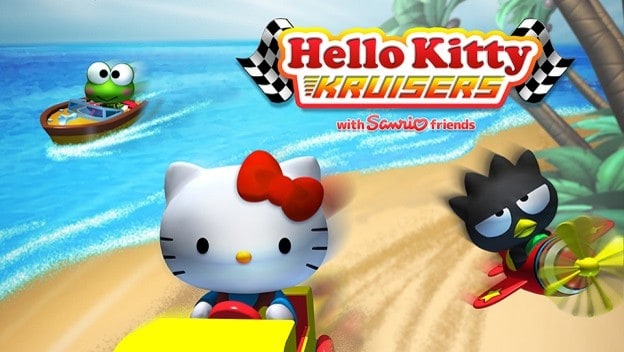When I worked at Gamestop, we often sold a healthy amount of collector’s editions. These were for big budget, highly anticipated games and they practically sold themselves. But something about the practice was a little depressing. For the most part, these collectible items were cheaply produced and unlikely to ever really accrue value. The contents of the bundle never ended up being very rare. Some of my friends compulsively buy these things, expecting them to sell out. Others are very proud of their collection. I am happy for them and I hope that some of their collection does increase in worth. It’s a hard game to predict, but there are some general rules you might follow.
For starters, quality is a consideration, but is far from the most important aspect when collecting. Often, for the price difference between a special edition and the regular, customers can buy better, more detaile, figures or game-related swag from a different source. That Master Chief helmet or the statue from Halo Reach ? They look good in pictures, but feel cheap and fragile in person. You can buy the full Halo Reach collector’s edition for less than the price people paid at launch, despite how much time has passed. At Gamestop, the price dropped on this thing quickly, too. At some points, it was barely more expensive than the standard game. Honestly, that wasn’t an entirely uncommon practice.
Quality is more relevant when it comes to accessories. When it comes to games, quality titles often decrease in value. They sell well, they circulate, they get rereleases, and they are produced in large numbers. Scarcity is never an issue. You can feel assured that this year’s Call of Duty will never be worth much. But what about the games that aren’t so apparently popular?
Chances are, shorter, average games that fail to capture a mainstream audience will be worth more than big franchise releases. But for extremely niche, sometimes shitty games, it is practically anybody’s guess. Flintstones: The Surprise at Dino Peak is in the ballpark of $800. Hello Kitty Kruisers was an underperforming game for an underperforming system and now it can sell for $120. Super Bowling for the Nintendo 64 is a game you could easily overlook on a shelf, if it didn’t have a price tag of a few hundred dollars.
Without the novelty of their current rarity, most people wouldn’t have any interest in playing these titles. It is never going to be obvious which trash games will somehow interest gamers in the future. But if you want to improve your odds, look at games that came out during the end of a system’s lifespan. Publisher’s rarely take a big risk on these titles, and production is often diminished by the fact that hardcore gamers are eager to move onto the next platform.
Another safe-ish area that you can invest in is the JRPG genre. Fans of the genre fall in love with certain titles, and that love seems to spread for years and years. But the genre isn’t mainstream in the United States, and some of the most iconic titles were released for the PlayStation. At that point, preservation becomes an issue. It can be difficult to track down a trustworthy copy of a game like Xenogears , even if that game was fortunate enough to receive a Greatest Hits version. It’s even more difficult if you’re looking for an unused copy.

If a franchise that has been popular in Japan for a while suddenly releases somewhere else, it’s worth considering as a potential collectible. The Fire Emblem franchise, for example, has produced games that have held their value relatively well. Fire Emblem is a series published by Nintendo, so its enduring value isn’t too surprising. As a general rule, Nintendo games hold their value. It’s uncommon to see them decrease substantially in value and it is rarely a surprise when they become collectibles. Nintendo has seemingly found the sweet spot when it comes to quality and production. That said, they might have gone a bit overboard with scarcity of some of the amiibo. Or the NES Classic. Or the SNES Classic.
Gaming is bigger than it has ever been these days. Availability is rarely an issue, preservation is less of a problem, and marketing makes sure that people are aware of a bulk of the releases. The frequency of digital releases further complicates the guesswork. There’s really no way to say confidently what your shelf of figures and games will be worth one day. What is important is that you enjoy the things you buy. Collectible comes with an implication of rarity but doesn’t actually mean rarity; the developer is going to sell as many as they possibly can.
